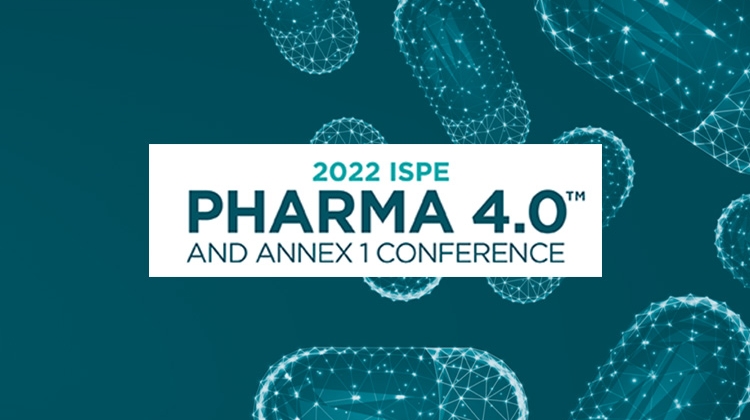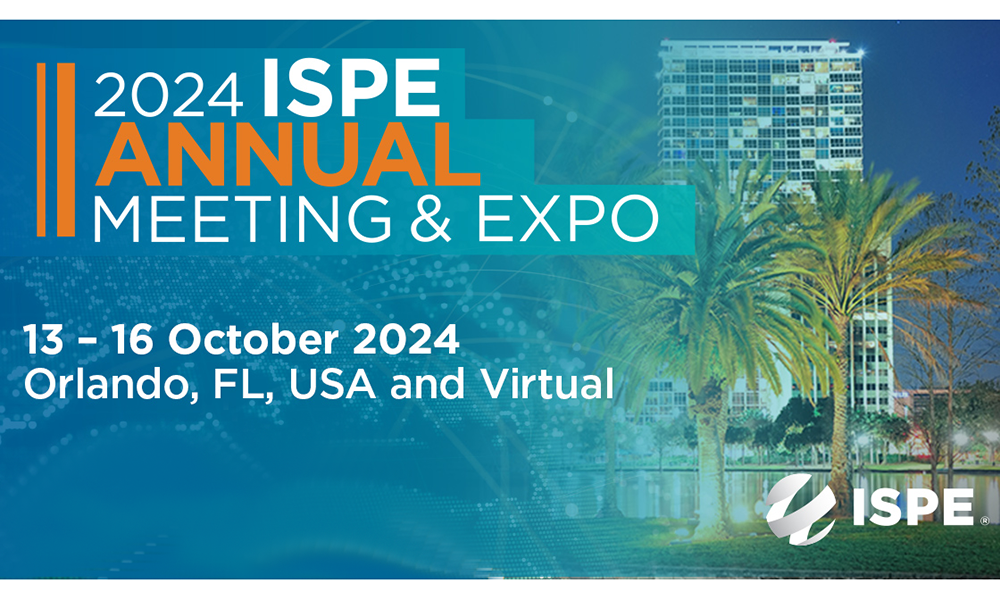Regulatory Panel Discussions: Annex 1 Implementation from the Regulators’ Point of View

The updated EU GMP Annex 1 Revision: Manufacture of Sterile Medicinal Products released in August 2022 introduced changes which require more stringent sterile manufacturing processes, including implementing a contamination control strategy and new technology to reduce the risk of contamination. Regulators discussed those changes and how they impact manufacturing practices during panel discussions held 7 - 8 December 2022 at the ISPE Pharma 4.0™ and Annex 1 Conference.
The panellists included:
The discussions were moderated by Mark Birse and Jean-Francois Duliere. The following summarizes points made in response to the questions.
Given that the industry is experiencing shortages of raw materials, equipment and, in some cases, the necessary technology to meet specific requirements of the revision, there are questions industry would like to ask about the need for flexibility during inspections when balancing the challenging deadline and the current global challenges in the supply chain. For example, could contingency plans be considered as an interim solution when appropriate? Could inspectors potentially accept an implementation plan with the planned implementation timing and the supporting documentation companies have developed, which includes a rational, and documentation as to why the implementation date cannot be met (e.g., equipment is not available)?
- There may be challenges regarding the implementation period for Annex 1. The key priority is to avoid disruption of products’ availability for patients; this could lead to flexibility in the implementation of the Annex 1. If companies see difficulties for implementation before August 2023, they could prepare an implementation plan and share with regulatory authorities.
- The MHRA is flexible in terms of the compliance date provided they are notified early with a robust risk assessment and schedule for when they plan to be fully compliant after 25th August 2023
Where do regulators see challenges with the revised Annex 1 with respect to understanding the new requirements?
- Hiring people with the right skillset and knowledge with the appropriate training is key for assessing aseptic processing. This is a key concern for the FDA. The importance of having skilled people with good training is also described in the 2022 revision of the Annex 1 PIC/S & Eudralex vol 4.
After a few weeks of implementation, the industry raised several detailed questions. How will regulators answer these concerns with a consistent interpretation and industry alignment?
- EMA has in the last few months established an Innovation Office, sand everal NCAs have opened such offices. It is recommended to submit to these organisations questions and concerns to bring information to regulators.
- MHRA recommended to contact them for questions arising from industry.
Given that routine inspections in the USA will not be carried out by Europe under the mutual recognition agreement, how will regulators consider harmonisation of approaches (for example, with regard to Pre-Use, Post-Sterilization Integrity Testing (PUPSIT)? Does the FDA consider changing their guidance and expectation for site inspections after the Annex 1 release?
- The FDA has been highly involved in the preparation of the new Annex 1, and the FDA agreed on the content of the revised 2022 Annex 1.
- The US GMP based on risk management has included the content of the revised Annex 1 for many years. For instance, using the terminology of barrier systems covers all the concepts developed in the Annex 1 2022 such as isolators, restricted access barrier systems (RABS), robotics, hiring right people to involve them in aseptic processes.
- Regarding PUPSIT, Rick Friedman considers Europe and the FDA are aligned by adopting the same risk management approach.
Will PIC/S prepare training for regulators to harmonize their understanding and ensure a consistent approach to inspections?
- The implementation period has been discussed with regulators and has been extended to one year. The standard implementation time for EC is six months. The additional time for Annex 1 is a reflection of the many challenges anticipated.
- Regulators from the IWG writing group are still working on the interpretation of some of the specific points and technical aspects of Annex 1. PIC/S is currently developing training courses for all regulators to ensure a consistent interpretation of the Annex.
- The FDA will train their inspectors on the revised Annex. WHO, PIC/S, EMA will do the same.
- Joint inspections also will be carried-out to help with the training roll-out.
- While each agency may approach the inspections differently, it was noted that the standards will not change.
- Training will be based on feedback from inspections collection of questions from industry, and continual work of the writing document group.
Do regulators see benefits that Pharma 4.0 will provide for sterile manufacturing and aseptic processing for patient safety?
- Pharma 4.0 is not to be considered as the implementation of LEAN and cost reduction in the pharmaceutical industry, the subject is much broader than that. In Europe, there is Quality Innovation Group (QIG) which could support such initiatives. The industry should contact this group on any questions they may have.
Do regulators see cyber security as a challenge in production operations?
- There is a concept paper with reference to cloud-based platforms and their security on the EU enisa web site.
For a number of years now, the intervals for requalification are once or twice a year depending on the cleanroom classification. The new GMP Guide Annex 1 has very strict guidance on the requalification intervals. Complying with the guideline requires strict adherence to the time interval between requalification. However, if unable to perform the requalification exactly every 6 months or 1 year, then it could lead to unnecessary and multiple requalification activities, that may be a challenge on several levels including a higher contamination risk.
- Smoke studies are an important part of Annex 1 and the frequency would need to be determined in the CCS.
- Non-ISO 5 (Grade A) airflow visualization is more likely to occur for lower room classifications when Isolators are not used in an aseptic process.
As the scope of Annex 1 is extended to non-sterile products, could you provide your view on how to put this into practice? For example, is there a need to create a contamination control strategy for gels, etc., that have microbial specifications?
- If Annex 1 is being applied to a non-sterile process, then it is important to refer to which requirements are being applied and how. The Contamination Control Strategy may not be required although Alan Moon from the MHRA struggled to understand why a manufacturer would not want to develop a CCS given the many benefits.
Doing the recovery rate periodically as described would be a significant contamination risk and cannot be in the interest of the authority and industry, could you give your position on this point.
- Non-ISO 5 (Grade A) airflow visualization is more likely to occur for lower room classifications when Isolators are not used in an aseptic process.
Annex 1 does not specifically refer to Cell and Gene Therapies / ATMP products. What will be the FDA and EMA approach during inspections in relation to Annex 1 for such facilities? Similarly, in the case of distributed manufacturing and POC manufacturing, will the same requirements apply?
- In Europe, Part IV for ATMPs is a standalone set of requirements although in practice Annex 1 is applied and would be applied if following PIC/S Annex 2. Note the revised Annex 1 in PIC/S is now identical to the revised EudraLex Annex 1 and so under PIC/S the revised Annex 1 would apply to ATMPs. Note Rick Friedman is only commenting on Annex 1 of PIC/S through the US membership of PIC/S and only indirectly commenting on EudraLex Annex 1 which does not apply to the US market.
View the Full Series of Regulatory Digest
- Bob Tribe, ISPE Asia-Pacific Regulatory Advisor, Retires
- ISPE’s Regulatory Commenting Process
- ISPE Launches Enabling Global Pharma Innovation: Delivering for Patients
- Regulatory Panel Discussions: Annex 1 Implementation from the Regulators’ Point of View
Disclaimer: This is an informal summary of discussion panels held 7- 8 December at the ISPE Pharma 4.0™ and Annex 1 Conference. It has not been vetted by any of the agencies or regulators cited in this article, nor should it be considered the official positions of any of the agencies present.









